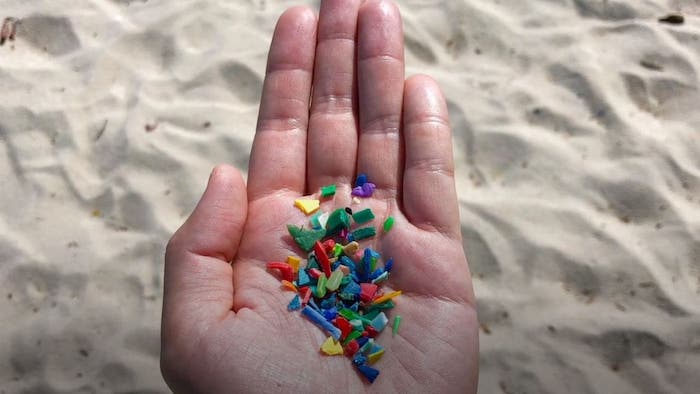
MANY HUMAN ORGANS ARE VULNERABLE TO MICROPLASTICS IN THE ENVIRONMENT, NEW STUDY DEMONSTRATES
Previous studies have found microplastics in the oceans and the air, on land, in food and in marine animals. But a new study from ASU’s Center for Environmental Health Engineering, directed by Fulton Schools Professor Ralph Halden, indicates human organs and tissues can also absorb microplastics and nanoplastics. Halden says the center’s researchers intend to develop a plastics exposure database as a tool for further studies to compare exposures to these plastics in groups of people over time and in different places. Graduate research assistant and co-author of the study Varun Kelkar says the next step is to conduct epidemiology studies to assess if there are any significant health risks posed by accumulations of the non-biodegradable plastics in human body’s tissues.
See Also: Scientists Can Now Detect Microplastics in Human Organs & Tissues, Green Queen, August 27
Oh Great, Scientists Are Now Finding Traces of Plastic in Human Flesh, Vice News, August 25
Microplastics Found in Human Organs for First Time, EcoWatch, August 18
Plastic Component Found In Human Organs, Forbes, August 18
Microplastic particles now discoverable in human organs, The Guardian, August 17
Scientists find microplastics inside human organs, Futurism, August 17
Study of human tissues finds plastic particles in every sample, New Altas, August 17
Tiny particles of plastic have been found inside human organs, METRO (United Kingdom), August 18




































